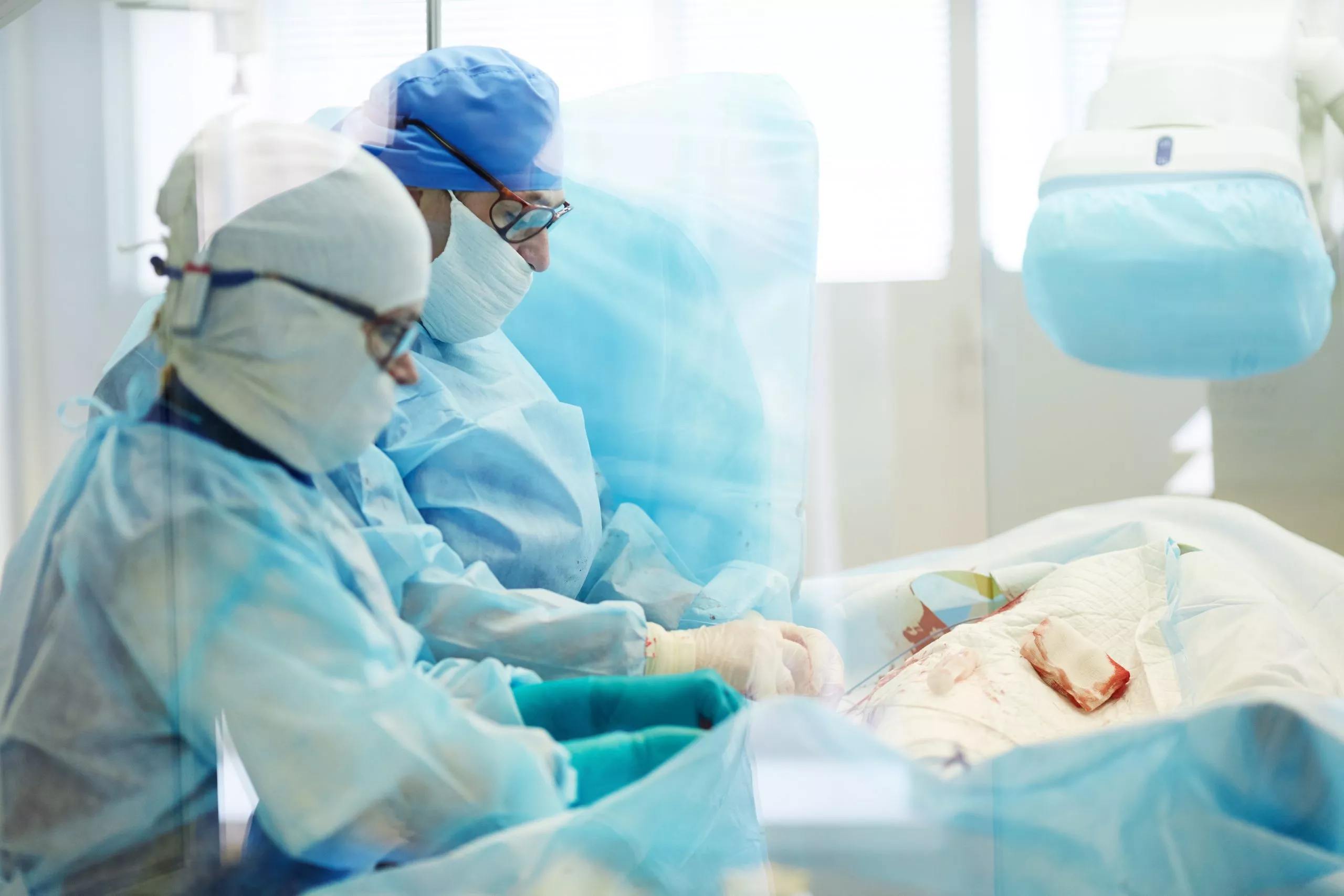Medical and biohazardous waste
Hospitals generate medical waste of a varying nature:
- Hazardous waste:
- Infectious waste (biohazardous)
- Radioactive waste
- Chemical/toxic waste
- Non-hazardous waste, related to municipal solid waste (MSW)
- Human anatomical waste
Each hospital or clinic must implement a waste management procedure to handle the various types of waste generated. Therefore, it is important to segregate waste after care or a medical intervention has been performed.
In particular, implementing a waste segregation and disposal procedure for biohazardous waste is essential in preventing nosocomial infections (health care-associated infections).
The rate at which biohazardous waste is generated in hospitals and clinics varies and depends on the number of beds, surgical interventions performed, and the quality of segregation carried out at the facility.
What medical waste is generated at hospitals and clinics?
Infectious waste originating from health care facilities comes from various hospital services (hospitalization beds, infectious disease department, operating rooms, recovery wards, intensive care, labs, consultation rooms, outpatient clinics, maternity wards, rehabilitation centers, etc.)
Hospitals generate biohazardous waste of a very diverse nature:
- Contaminated single-use material: surgical drapes, gauzes, compresses, bandages, etc.
- Personal protection equipment: gloves, gowns, tapes, coveralls, goggles, masks, caps, shoe covers, etc.
- Contaminated sharps: needles, syringes, scalpels, lancets, blades, slides, etc.
- Single-use care kits (including small plastic or metal instruments)
- Single-use surgical instruments
- Plastic or glass lab consumables: Petri dishes, test tubes, collection tubes, pipettes, etc.
- Hemodialysis waste
- Liquid biohazardous waste or waste containing fluids
Specific nature of biohazardous waste in hospital environments
In general, medical waste in hospital environments is packaged in bags (that may be autoclaved or not), in biohazardous waste containers or drums.
Segregating and managing this waste satisfactorily in hospitals and clinics is paramount. At these facilities, the quantity of biohazardous waste and the diversity in the number of people through its doors (patients, health care professionals, visitors) means that the biological risk must be controlled, not only for its people and the environment, but also to prevent cross-contamination and nosocomial infections.
STERIPLUS™ benefits
- Solid and liquid biohazardous waste treatment
- Shredding and decontamination stages in the same equipment
- Solid waste physically transformed (shredding)
- Decontamination by autoclave (steam sterilization at 135 °C/275 °F)
- Steam penetrates the waste core thanks to prior shredding
- Complete treatment cycle in 30 min
- Weight/volume of waste to dispose significantly reduced
- Easily installed on-site
Application examples
Private clinic with 600 beds in France
- Type of waste treated: Biohazardous waste from Neurological Surgery and Intensive Care departments
- Advantages: Infectious waste from these departments are directly treated on site, eliminating storage and internal transfer risks.
General hospital complex of a town with a population of 250 000 people in the Maghreb
- Type of waste treated: Biohazardous waste from various origins (operating rooms, maternity wards, hemodialysis, etc.)
- Advantages: STERIPLUSTM system replaces an old incinerator that is no longer compliant with environmental standards
Hospitals managed by an NGO in Africa and Middle East
- Type of waste treated: Biohazardous waste from various origins (operating rooms, maternity wards, hemodialysis, etc.)
- Advantages: STERIPLUSTM system is a solution easy to install in order to manage infectious waste on site.



